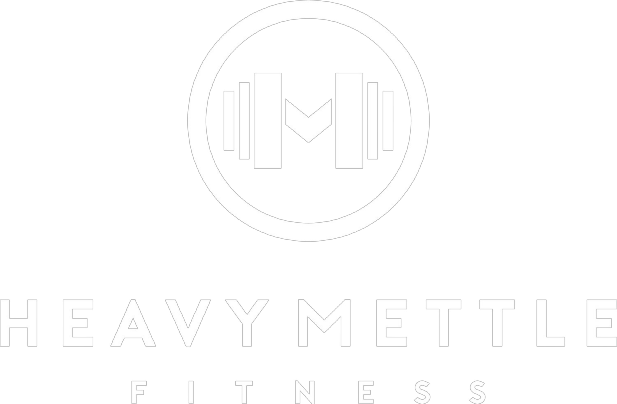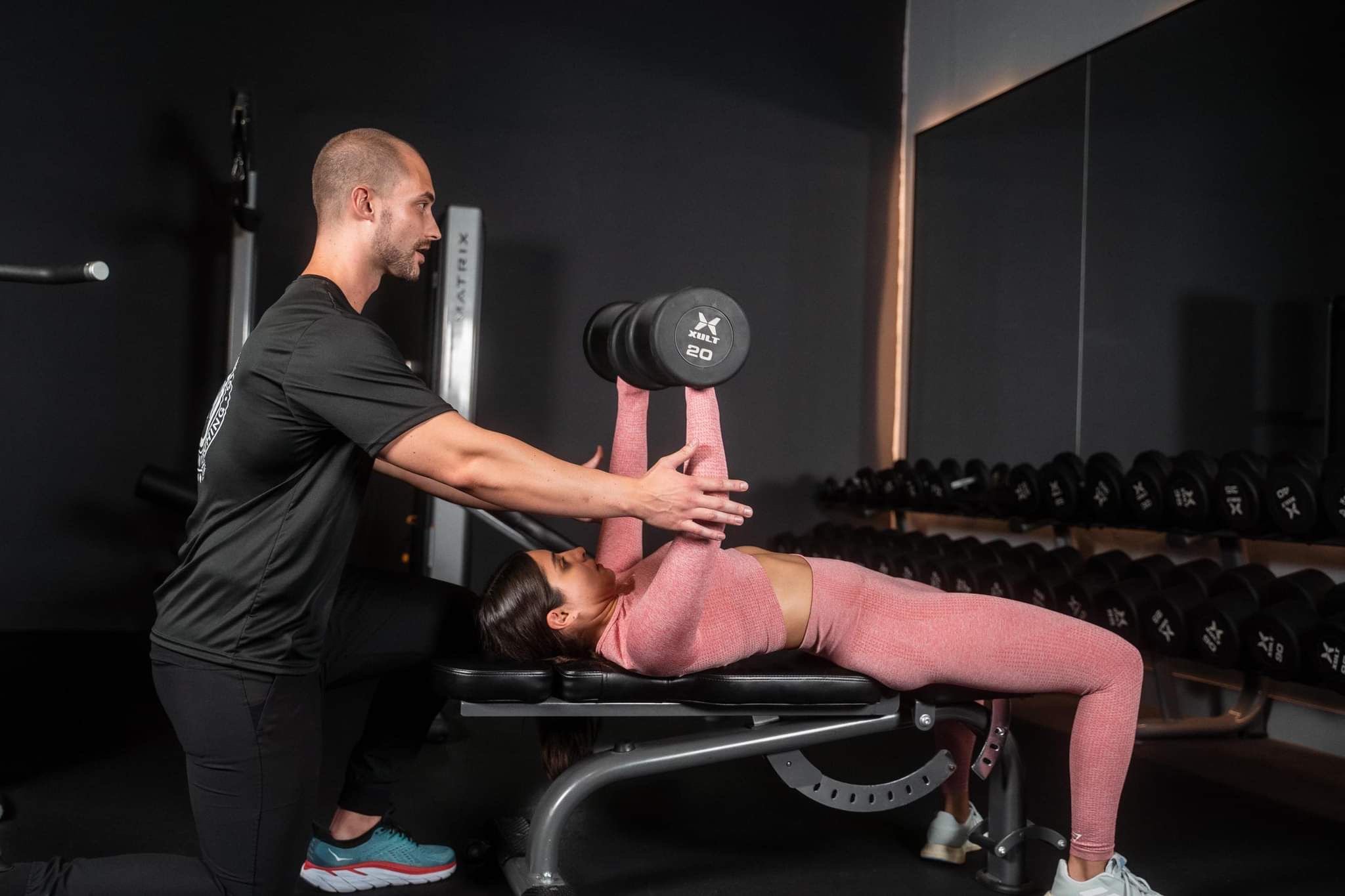Why Do Exercise Needs Vary Between Individuals? A Detailed Review
Exercise plays an important role in promoting overall health and well-being. It is an essential aspect of a healthy lifestyle that offers physical and psychological benefits. Regular physical activity helps maintain a healthy weight, improves cardiovascular health, boosts mood, increases energy levels, and enhances mental clarity.
For anyone considering how to begin a fitness regimen, it's necessary to understand why exercise needs vary between individuals. Factors such as age, fitness level, health conditions, and personal goals all contribute to determining the ideal exercise routine for one person. What may work for one individual might not be suitable or effective for another. Therefore, it's essential to tailor exercise plans according to individual needs and capabilities.
Individuals should consult with a healthcare professional and a certified personal trainer to determine the appropriate level and type of exercise that aligns with their needs. These professionals can provide guidance based on unique requirements and help create a personalized exercise program that suits individual goals and abilities.
The key to a successful exercise regimen is to find activities that are enjoyable, conducive to achieving goals, and that are sustainable in the long term. Regular exercise can profoundly impact overall health, so incorporating it into your daily routine is a wise investment in your well-being. Let's discuss factors and considerations that might affect someone's exercise regimen and explain why exercise needs vary between individuals!
Physical Factors Affecting Exercise Needs
Age
Exercise needs vary between individuals due to several factors, and one significant factor is age. As we age, our bodies undergo natural physiological changes that influence our exercise requirements. One distinct consideration to make regards muscle mass. With age comes a gradual decline in muscle mass, known as sarcopenia. Muscle mass reduction can negatively impact strength, balance, and overall functional ability. Resistance training is a beneficial exercise method because it increases and maintains muscle mass and enhances bone density.
Joint flexibility and mobility also change with age. As we age, joint mobility decreases, making it essential to incorporate exercises promoting flexibility and joint range of motion. Doing so can help improve mobility, reduce the risk of injuries, and enhance overall quality of life.
Physical factors greatly affect exercise needs between individuals, and fitness professionals should always consider age, medical conditions, and any physical limitations when designing an exercise regimen.
Cardiovascular health should also be considered when determining exercise needs across different age groups. Younger individuals generally have higher cardiovascular fitness levels and may engage in more intense aerobic activities. However, the cardiovascular system may become less efficient as we age, and exercise intensity may need to be adjusted accordingly. Low-impact aerobic exercises, such as walking or swimming, can be suitable options for older adults to maintain cardiovascular health without putting excessive strain on the body.
Medical Conditions
Pre-existing medical conditions can significantly influence an individual's exercise needs. Conditions such as obesity, diabetes, heart disease, or arthritis require careful consideration from a personal trainer when designing an exercise program. Obese individuals may need to focus on exercises emphasizing weight loss while reducing joint stress.
Individuals with medical conditions should consult with their healthcare provider before beginning or modifying an exercise routine.
Lifestyle
An individual's lifestyle, daily activities, occupation, and level of physical activity outside of structured exercise routines can also impact their exercise requirements. Someone who is more sedentary during work hours may require additional physical activity to compensate for long periods of inactivity. Conversely, exercise needs for individuals with physically demanding jobs may differ, focusing more on injury prevention, mobility, and functional strength.
Considering an individual's overall lifestyle can help determine the appropriate balance between structured exercise and daily physical activities. For example, someone who engages in regular gardening or housework may require less structured exercise but still benefit from additional resistance and functional training.
Certified personal trainers should consider these factors when determining an individual's exercise needs, as addressing them with a personalized regimen can promote optimal health and well-being.
Individual Fitness and Exercise Goals
Weight Management
Individual exercise needs vary depending on a person's goals regarding their weight. Those aiming to lose weight may benefit from exercise focused on burning calories and fat loss. Higher-intensity workouts, such as HIIT or circuit training, can help elevate heart and metabolic rates, aiding in weight loss.
Strength and Muscle Building
Individuals looking to gain weight or build muscle mass may require a different approach to exercise. They'll likely need to incorporate resistance training exercises emphasizing muscle stimulation to facilitate muscle growth. Weight training can provide the necessary mechanical tension to stimulate hypertrophy (muscle growth) and improve overall body composition.
Those focusing on strength and muscle building may benefit from progressive overload training, gradually increasing the weight or intensity of exercises to challenge the muscles continuously as experience evolves.
Compound exercises involve multiple muscle groups; squats, deadlifts, bench press, and pull-ups are a few examples. These exercises are particularly effective for building overall strength and muscle mass because they engage multiple muscle groups.
Endurance and Stamina
Aerobic exercises are beneficial for those interested in improving cardiovascular fitness and endurance. Activities that elevate heart rate and involve sustained, repetitive movements can help improve endurance and stamina. Running, swimming, cycling, and rowing are examples of aerobic exercise that will challenge the cardiovascular system.
HIIT (High Intensity Interval Training) can also benefit cardiovascular endurance and fitness. HIIT involves short periods of very intense cardiovascular output followed by a period of rest or low-intensity cardio. This form of training helps increase the heart's capacity to pump blood and oxygen to the working muscles, enhancing endurance.
Body Composition and Physical Abilities
Body Type
Exercise needs can vary between individuals based on body composition. Body fat percentage, muscle mass, and bone density can all play a role in determining someone's exercise requirements. Individuals with higher body fat percentages may benefit from exercises, such as aerobic and interval training, focusing on burning calories and reducing fat.
In my experience as a certified personal trainer, resistance training is equally as effective at producing fat loss compared to aerobic activities. A strength training program targeting fat loss will need to adjust the sets and repetitions of each exercise accordingly. Higher repetitions and shorter rest periods will typically help burn more calories throughout a resistance training regimen.
Individuals with lower body fat percentages may want, or need in some cases, to prioritize muscle building and strength training to enhance their physique or health.
Those with more muscle mass may require high-volume workouts to maintain or continue building strength and/or mass.
Mobility and Flexibility
Limited mobility or flexibility can impact an individual's exercise needs, and some people may have physical limitations in their ability to perform specific exercises. In these cases, personalized exercise programs that focus on improving mobility and flexibility may be necessary. Stretching, yoga, or low-impact movements can help increase the range of motion, reduce muscle stiffness, and improve overall flexibility.
Injury History
Someone's exercise needs may vary from another individual's due to their injury history. Depending on the injury's cause, nature, and severity, individuals may need to avoid specific exercises or modify their routine to prevent further damage or discomfort. Working with a healthcare professional or certified trainer can help persons with an injury history develop exercise programs that promote rehabilitation and strengthen affected areas to reduce re-injury risk.
An individual’s injury history is one of the first considerations made by a personal trainer when determining someone’s exercise needs.
Working with a professional who understands an individual's body type, mobility/flexibility, and injury history, it's possible to develop exercise routines that promote overall health, prevent injuries, and reach one's fitness goals safely and effectively.
Individual Preferences and Motivation
Enjoyment
Crafting an exercise routine that individuals find enjoyable is essential for maintaining long-term adherence to a regimen. With enjoyable activities, individuals will look forward to their workouts and have a higher likelihood of completing them consistently.
Time Constraints
Some individuals may need to schedule shorter workouts due to busy work schedules, family responsibilities, or other obligations that limit their time for exercise. Short and intense workouts, such as high-intensity interval training (HIIT) or circuit training, can be a time-efficient solution to these obstacles. This approach to exercise can provide significant calorie burn and cardiovascular benefits in a shorter period.
Motivation Levels
How motivated and determined someone may be to achieve their fitness goals will certainly affect their exercise regimen needs. Some individuals are highly motivated and dedicated to their fitness goals, which may lead to more frequent and intense workout sessions. They may push themselves to try new exercises, challenge their limits, and continually strive for improvement. These individuals may not necessarily need to seek the help of a personal trainer, at least for accountability purposes.
On the other hand, individuals with lower levels of motivation may require more external support and accountability to stay consistent with their exercise routine. This could involve finding a workout partner, joining a fitness class, or working with a personal trainer to stay motivated and on track with achieving fitness goals.
A personal trainer acts as an "accountability partner" to those who lack the motivation to exercise regularly. As a certified personal trainer, I can attest that lack of motivation and accountability is one of the most common reasons individuals seek professional help when targeting specific health, fitness, and exercise goals.
Exercise Needs Vary Between Individuals
Exercise needs may vary between individuals due to several factors, including current physical fitness, goals, injury history, and motivation. Identifying and considering these factors is necessary for developing a personalized exercise program to address individual needs and achieve long-term success.
For those at the beginning stages of their fitness journey, consider seeking professional help from a certified personal trainer, as they understand why exercise needs vary between individuals. They'll be able to address your unique needs and concerns when constructing an exercise regimen to help you progress safely and effectively.
Note that I am not a medical professional, and you should always consult with your doctor before beginning an exercise and fitness regimen.







